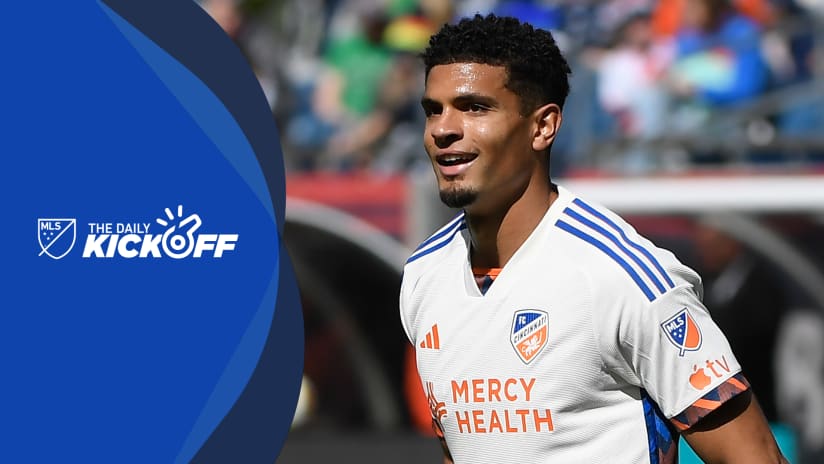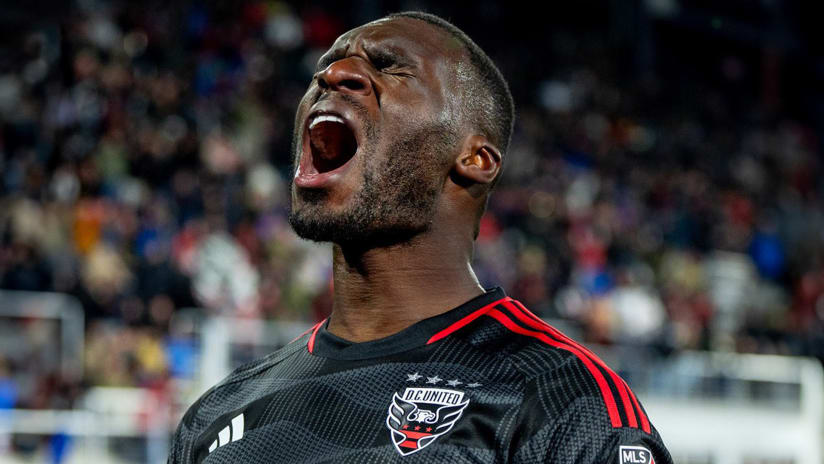Let's start with a thought experiment. Suppose for a moment that you were given an additional MLS Fantasy team to manage alongside your current one. An expansion club, so to speak. Would you manage your B team the same way you would manage your first team?
Of course not! If you did, your two teams would just end up with the same amount of points at the end of the season. The question becomes, how would you manage these two teams differently to optimize for results? This is not an easy question to answer, either empirically or mathematically, but the answer is integral to how you should be managing your current squad.
I expect that many players would attempt more and increasingly grandiose risks with their second team. Your first and "safe" team is built to optimize for points. Your secondary and risk-taking team is based on potential point differential. The implicit problem here is that optimizing for point differential is often more important than optimizing for raw points.
Scoring 60 points when the round average is 30 is usually preferred over scoring 80 points when the average is 60. My suggestion is that you try and hedge yourself between these two extremes.
However, the different methods of team selection between optimizing for differential rather than points is slight. In fact, a tangible difference between managerial decisions made when optimizing for these two ideals is near unrecognizable. At the end of each round, the difference between a team's best possible XI in points is not much different than the best XI in point differential.
In practice, optimizing for differential instead of raw points is perhaps a mindset or a thought process first and foremost. But there is an approach that might be worth your consideration.
In fantasy baseball, a player's performance is very poorly correlated to that of their teammates. Broadly, this is because baseball is an individual sport. This is obviously not the same in MLS Fantasy. Soccer is a team sport, and a player's increasing success is dependent on the parallel success of their teammates.
Therefore, an effective method of optimizing for differential is doubling down on pairs of players whose fantasy performances are highly correlated to each other. The obvious market for this kind of arbitrage is defenders.
In the 323 regular season MLS games of 2013, there were 118 shutouts posted by the home team. Yes, the home team recorded a shutout 36.5 percent of the time last season.

Let's build two hypothetical teams. Team A has four starting defenders from the same team playing at home. Team B has four starting defenders from different teams, all playing at home.
Assuming all circumstances are equal, these teams have exactly the same amount of expected points for the round. With a 35.6 percent shutout rate and four home defenders, you should expect 5.7 bonus shutout points on average in any given round no matter if your defenders play for the same team or not.
But, because of the correlation between teammates, the gap between the expected differential of the two teams is huge. This may be a risky approach at the end of the season when you're trying to maintain a top spot in your league, but increasing the point correlation between your players is an optimal strategy when you're chasing the top spot.
Now, this doesn't mean that you should take risks for the sake of taking a risk. Sometimes the status quo is correct. The Hollywood-driven narrative from the famous story of Bill Beane's Oakland A's and "Moneyball" was that it was possible to exploit market inefficiencies to find severely undervalued players.
But Beane's real teaching is a bit more subtle. "Moneyball" is about finding inefficiently valued players at all prices. Sometimes picking the marquee player, despite his expensive price tag, is actually the optimal choice.










